People have always been fascinated by the vastness and mysteries of the world we live in. As inhabitants of the infinitely expansive Universe, we often find ourselves pondering questions like, “How immense is the cosmos?”, “What elements compose it?”, “Does intelligent life exist beyond our planet?”, “How many galaxies exist in the Universe?”, and many more.
This article aims to provide insights into some of these inquiries and enhance our overall comprehension and awareness of the Universe and its various components and structures.
Universe
The Universe encompasses all that exists, ranging from celestial matter like cosmic dust and massive stars, to minute hydrogen atoms and even subjective thoughts and abstract notions. It encompasses all entities that occupy and operate within the vast expanse of space.
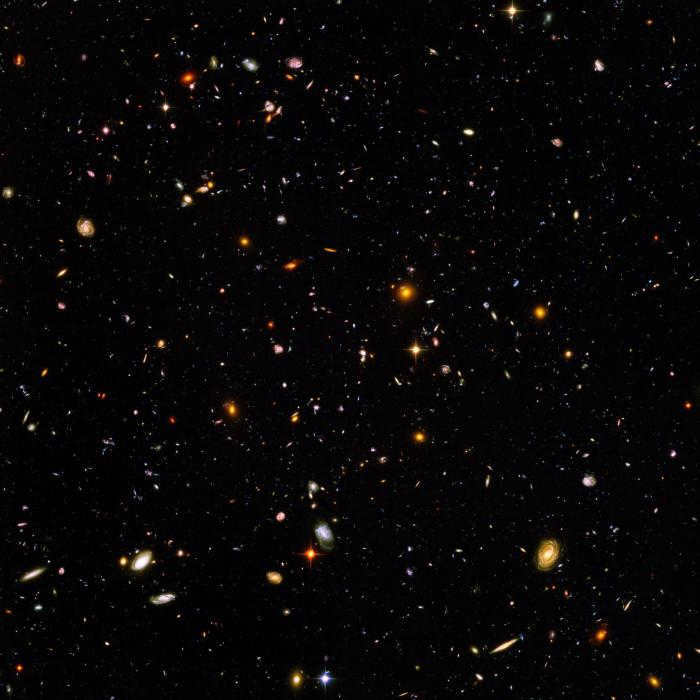
The universe is the subject of study for various disciplines. Physics, astronomy, and cosmology are at the forefront of exploring the objective reality of the universe. These fields seek to answer questions about the composition of the cosmos and the number of galaxies it contains. On the other hand, philosophy has been examining the universe from a subjective perspective since its earliest days. As the mother of all sciences, philosophy is not concerned with quantifying the number of galaxies in the universe. Instead, it focuses on understanding how the universe and our perceptions of it impact our lives and personal development.
Considering the immense expanse of the Universe and the vast quantities of celestial bodies and matter within it, it is hardly astonishing that we have amassed a considerable wealth of knowledge. Equally unsurprising is the fact that numerous unanswered questions still remain. At any given moment, only a minuscule fraction of the universe is physically accessible for exploration, leaving the vast majority to be the subject of speculation. Our understanding of the past and future of the universe relies heavily on conjecture and prediction, while our grasp of its present state is limited to a mere fraction.
What can we definitely say about it?
We have complete confidence that the Universe is immense, and we can state with a significant level of assurance that it is incalculable. To gauge the distances between celestial objects, a wholly “universal” unit is utilized – the light year. This is the distance that a ray of light can traverse in the span of a year.
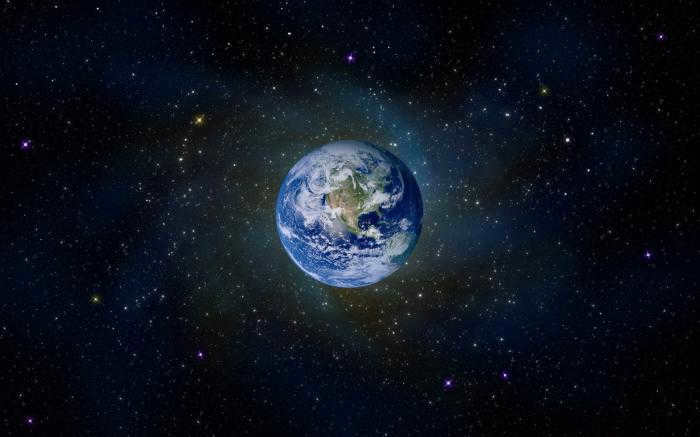
The Universe is filled with matter that extends at least 93 billion light-years away from our planet. To put this into perspective, our galaxy spans a distance that can be traversed in 100 thousand light years.
Scientists classify cosmic matter into two categories: baryonic matter, which consists of atoms and is well-understood and studied, and dark energy, which remains largely unknown to researchers. Additionally, a significant portion of the observable universe is occupied by dark matter or hidden mass, which scientists refer to as invisible matter.
What is still open to speculation?
The history and origins of the universe remain uncertain. Scientists propose that the universe is approximately 14 billion years old and was formed through the expansion of concentrated hot matter, referred to as the Big Bang Theory in cosmology.
All the primary theoretical models of the universe’s evolution are based on observations of the observable universe. It is impossible to definitively prove the accuracy of any existing models. However, most scientists support the theory that the universe continues to expand after the “big bang,” with cosmic matter moving away from its center.
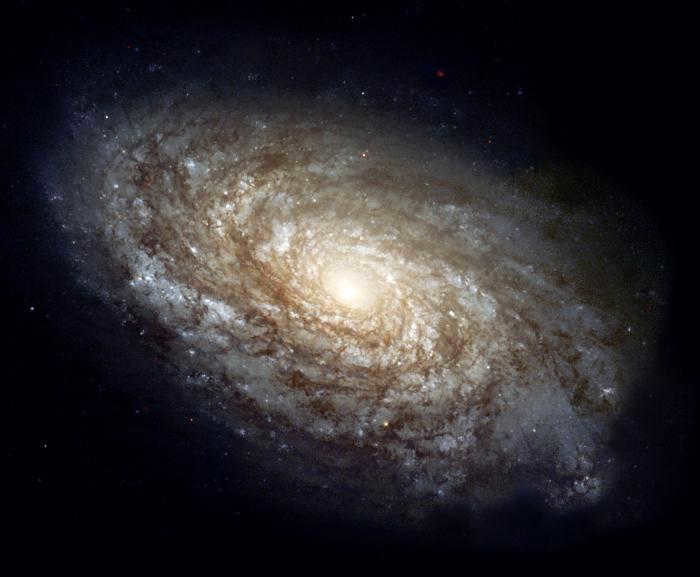
It’s important to keep in mind that all of these models are theoretical, and it’s not possible to test them empirically for various reasons. Therefore, it’s best to focus on the existing and proven knowledge that provides answers to the questions of how many stars exist in a galaxy and how many galaxies exist in the universe. A photograph captured using advanced technology called the Hubble Space Telescope, specifically the Hubble Ultra Deep Field, allows us to observe the arrangement of numerous galaxies within a small visible portion of the sky.
What is a galaxy?
A galaxy is a collection of stars, gas, dust, and mysterious matter. The gravitational interaction between normal matter and dark cosmic matter brings a galaxy together, forming a closely-knit group of celestial objects. Galaxies have their own unique motion, which supports the idea of the universe’s expansion, but the gravitational center of a galaxy remains unaffected by this cosmic movement. Within a galaxy, all objects orbit around the central gravitational point.
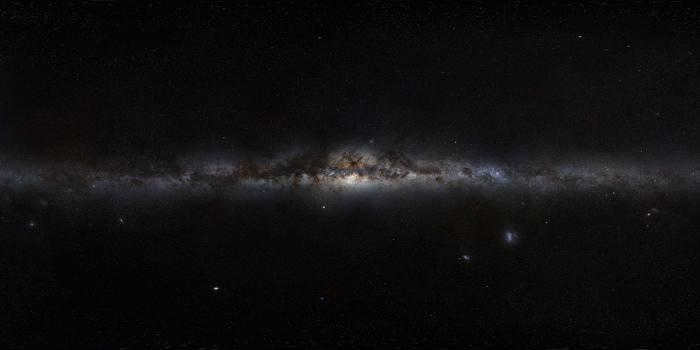
Galaxies come in various types, sizes, and compositions. Determining the exact number of galaxies in the Universe is impossible, as the likelihood of two identical galaxies is extremely low. These galactic bodies can be categorized into different types, including:
- elliptical galaxies;
- spiral galaxies;
- lenticular galaxies;
- lobed galaxies;
- irregular galaxies.
Galaxies are further classified based on their size, such as dwarf, medium, large, and giant galaxies. The number of systems within a galaxy cannot be definitively determined, as it depends on various factors, including the gravitational field of stars, the galaxy’s size, and many others.
A local group consists of star systems, clusters, and interstellar clouds, all of which come together to form each galaxy. This phenomenon can result in the attraction of several neighboring galaxies, leading to the formation of a local group. The local group can range in size and composition, containing anywhere from three to 30 galaxies of various types and sizes.
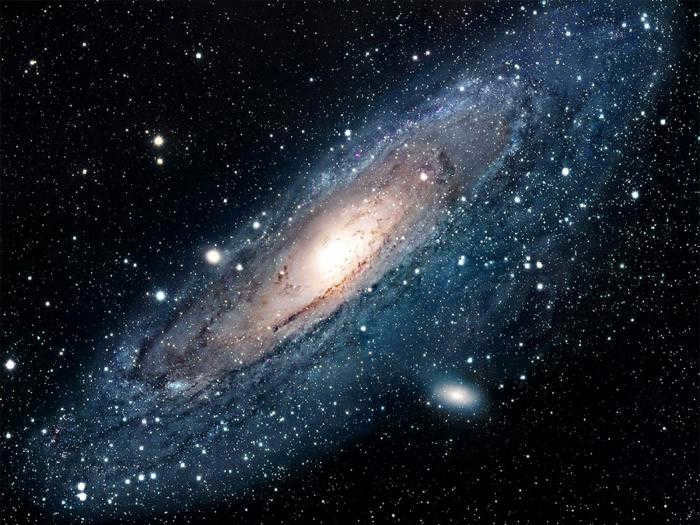
Superclusters of galaxies, known as local group clusters, are formed by the aggregation of baryonic atoms and hidden matter. The gravitational interdependence of galaxies within the local group and supergroup is a result of their interaction with each other.
Milky Way
Our galaxy, known as the Milky Way, is a spiral disk with a central bulge. The center of our galaxy is composed of ancient stars, specifically red giants. The Milky Way is part of a cluster of galaxies known as the Local Group, which includes two nearby galaxies: the Andromeda Nebula and the Triangle Galaxy. This cluster is part of an even larger structure called the Virgo Supercluster.
Within the vicinity of the local Milky Way cluster, alongside the three prominent galaxies, there exist approximately 40 lesser satellite galaxies, which are drawn towards the more dominant gravitational forces exerted by their larger counterparts. It is possible that within the Virgo supercluster, the number of black holes and regions of dark matter equals that of galaxies. While the precise count of stars within the Milky Way remains uncertain, the most approximate estimates suggest a total of 200 billion stars. The diameter of the Milky Way spans one hundred thousand light years, with the average thickness of its disk measuring one thousand light years.
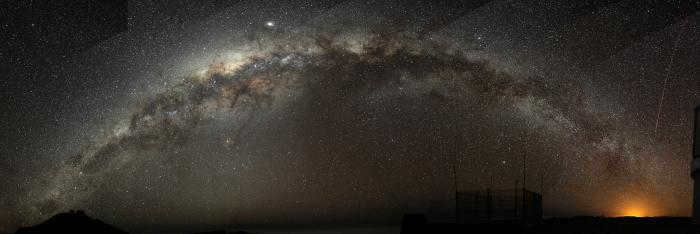
The surface of the disk is where the youngest stars and their clusters are found, while the galactic core is believed to be a massive black hole, surrounded by a dense concentration of stars. Our solar system’s main star, the Sun, is also located closer to the disk’s surface.
The structure of the solar system
The solar system is approximately 4.5 billion years old and has a disk-like shape. The Sun, located at the center, is the heaviest component, accounting for nearly all of the system’s mass and exerting a powerful gravitational force. The remaining 0.14% of the system’s mass is distributed among the eight planets. Earth is one of the four small rocky planets in the inner group, along with Mars, Venus, and Mercury. The other planets are known as gas giants due to their predominantly gaseous composition.
Scientists from Europe have conducted an analysis of the characteristics of exoplanets, which are planets located outside of our solar system. Their research suggests that there could potentially be tens of thousands of inhabited worlds in the Milky Way galaxy, including our own Earth. However, is this hypothesis truly valid?
Exoplanets are continuously being discovered as advances in technology allow astronomers to observe deep space more effectively. The number of these celestial bodies is constantly increasing, with new discoveries being made on a regular basis. In fact, just last year, the Nobel Prize in Physics was awarded to Didier Kelo and Michel Major from Switzerland for their groundbreaking research in this field.
In 1995, Kelo and Major were the first to announce the discovery of an exoplanet, which was later confirmed. This planet, known as 51 Pegasus b, orbits a star similar to our own Sun within the Milky Way galaxy.
The Brightest Spot in the Milky Way Captured by Scientists: Space Monster
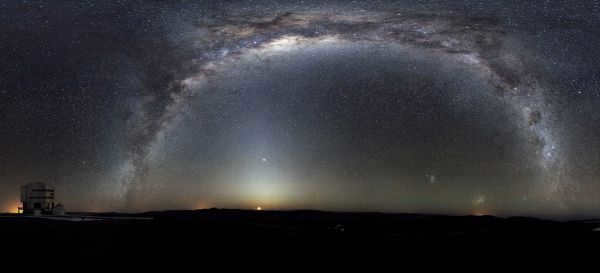
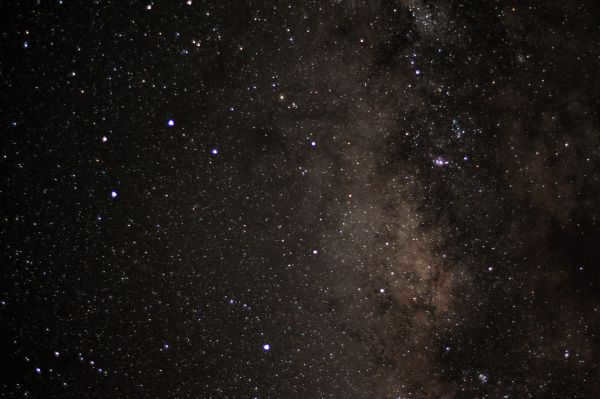
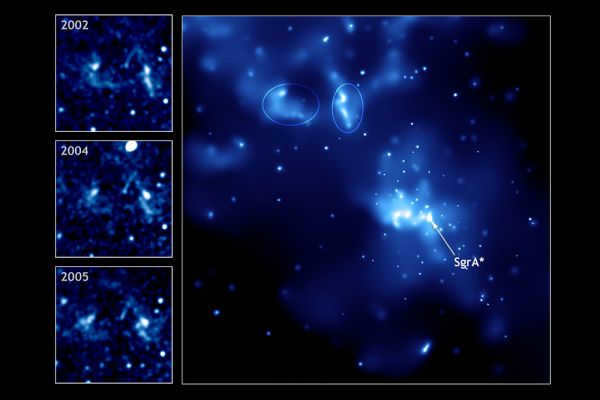
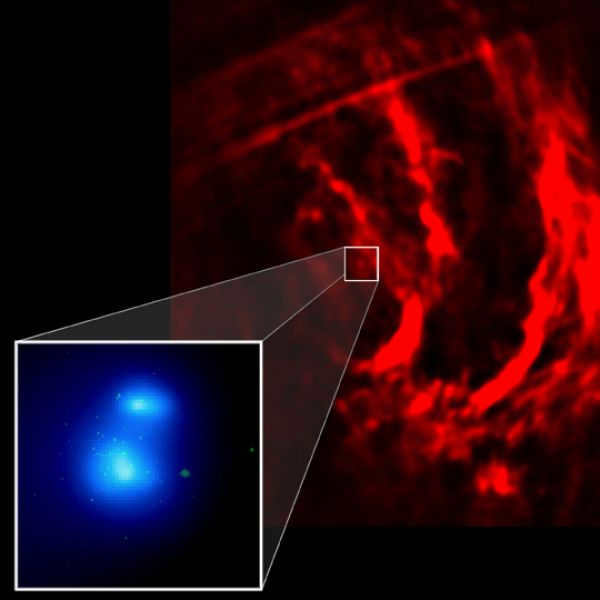
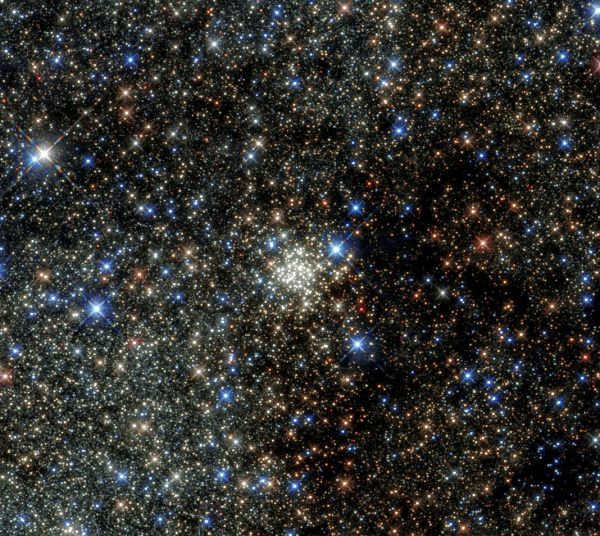
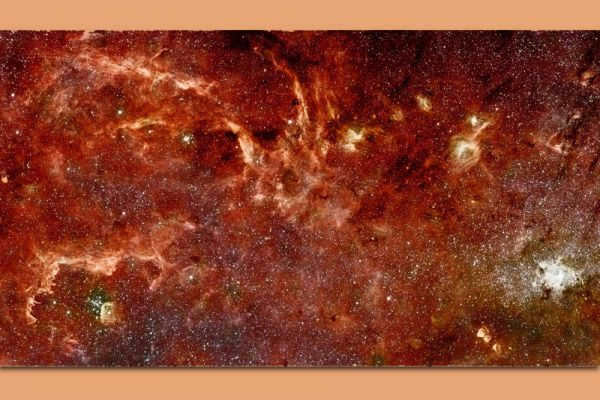
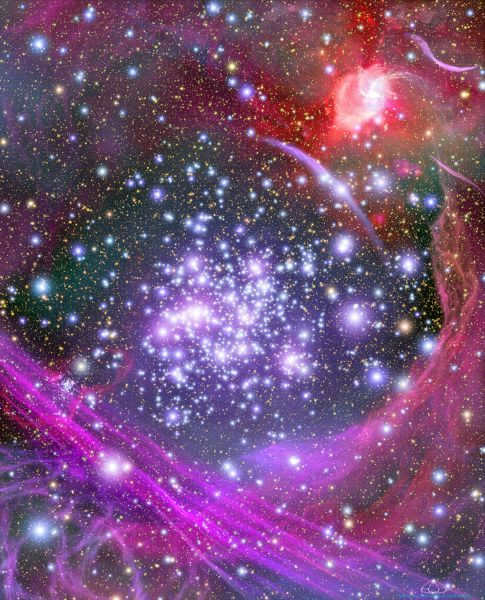
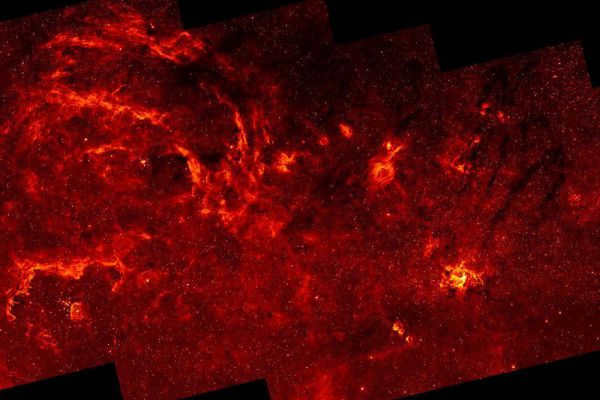
Astronomers Capture the Most Luminous Region in the Milky Way: Space Monster

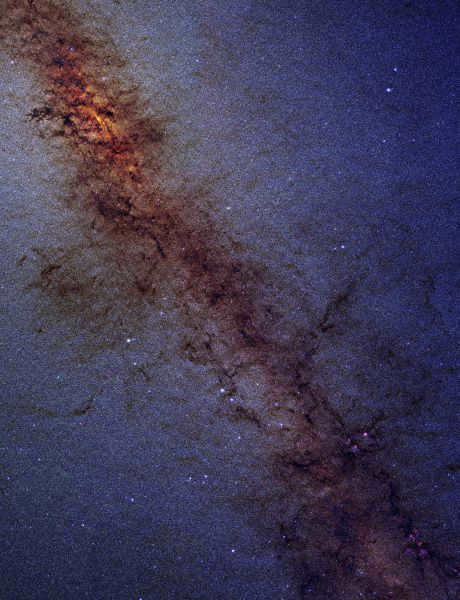







Afterwards, astronomers managed to discover over 4 thousand exoplanets. This marked a significant breakthrough in the field of science. However, researchers have always been intrigued by the potential existence of life on these planets. The renowned Drake formula, formulated six decades ago, postulates that there must be numerous habitable planets within our galaxy. Nonetheless, the encounter with extraterrestrial beings has yet to occur, leading scientists to refer to this as the Fermi Paradox, named after the physicist Enrico Fermi. The paradox questions why there is no concrete evidence of extraterrestrial intelligence, if it does indeed exist.
In a recently released study, Professor Amedeo Balbi of the University of Tor Vergata in Italy and researcher Claudio Grimaldi from the Swiss Federal Polytechnic School set out to determine the quantity of potentially habitable exoplanets. Their primary focus was on the number of civilizations that humanity could potentially uncover within the next two to three decades.
Embarking on an intergalactic adventure. The universe’s most exquisite constellations
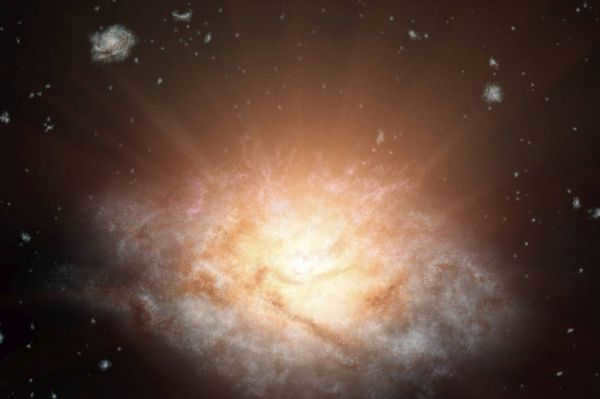
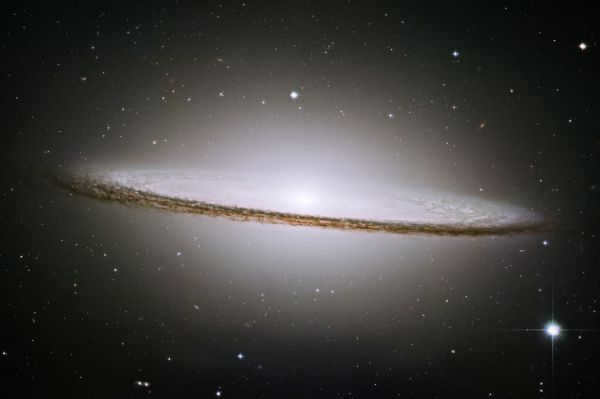
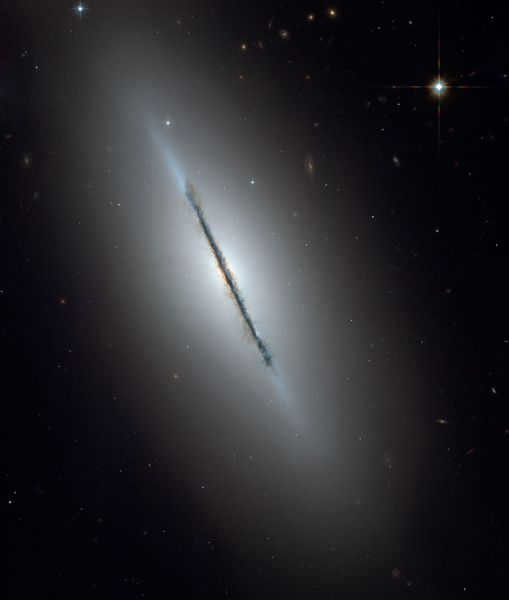
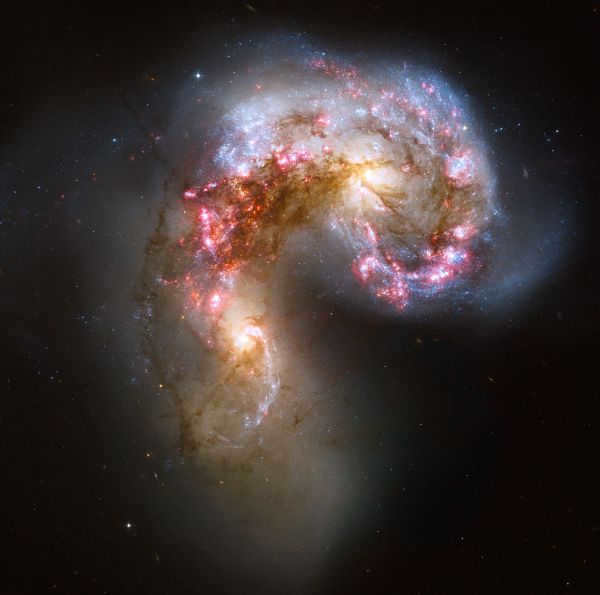
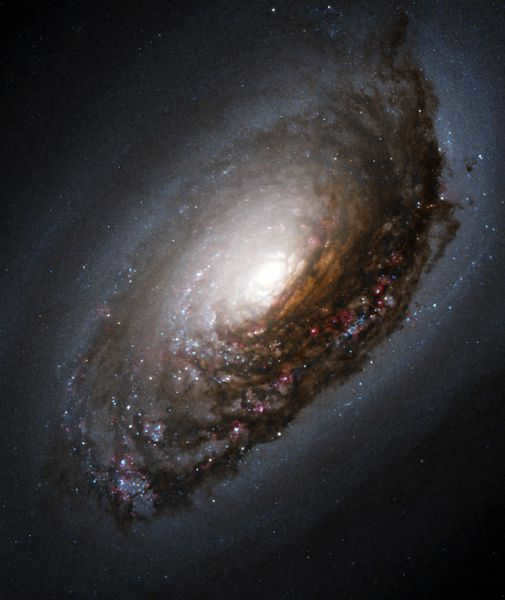
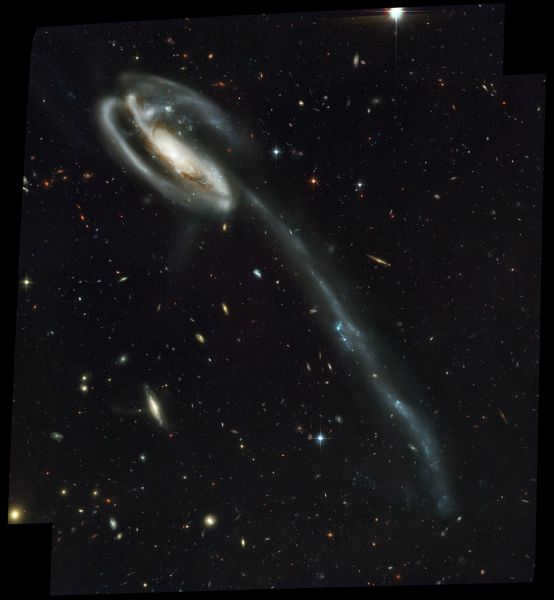
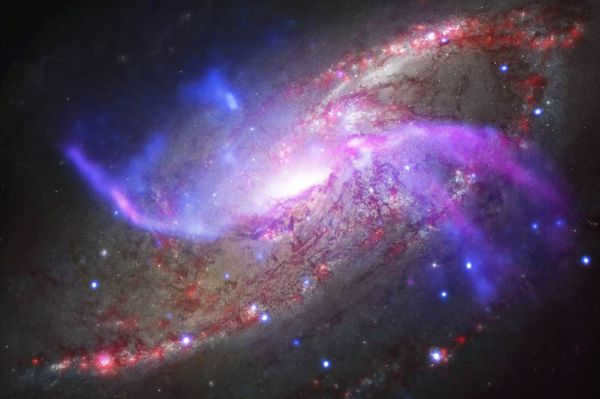
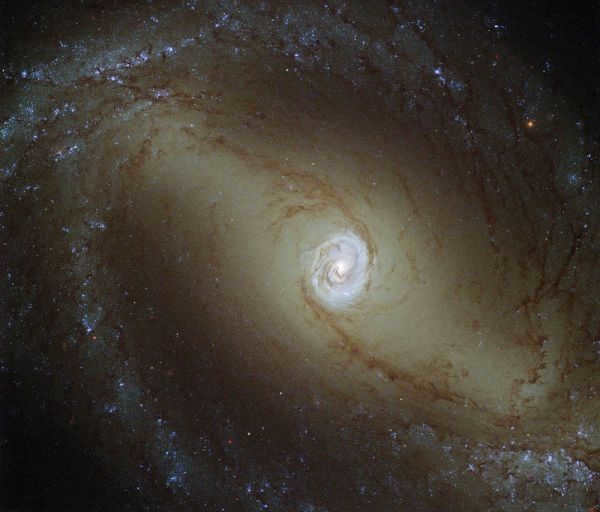
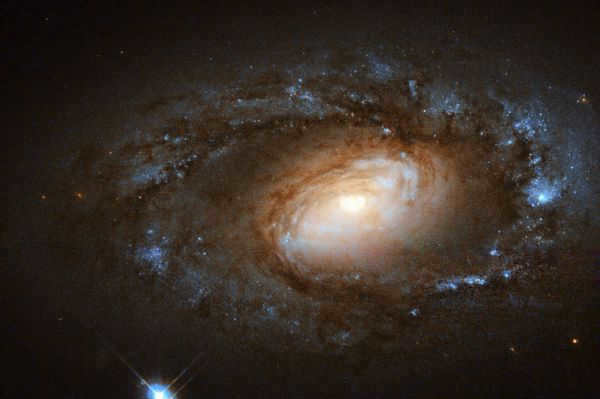
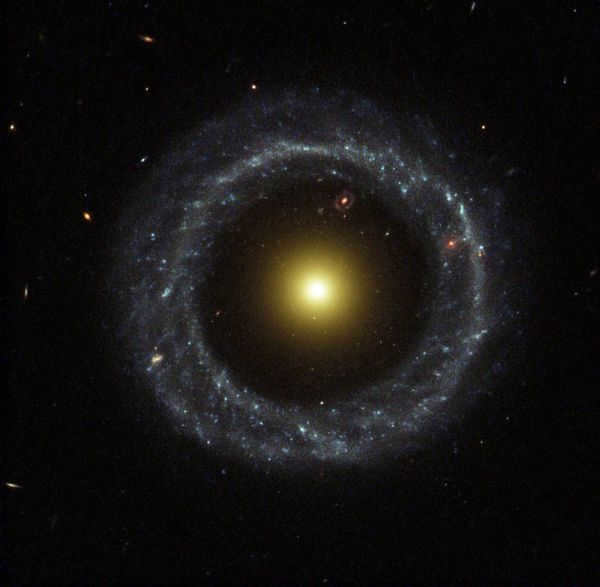
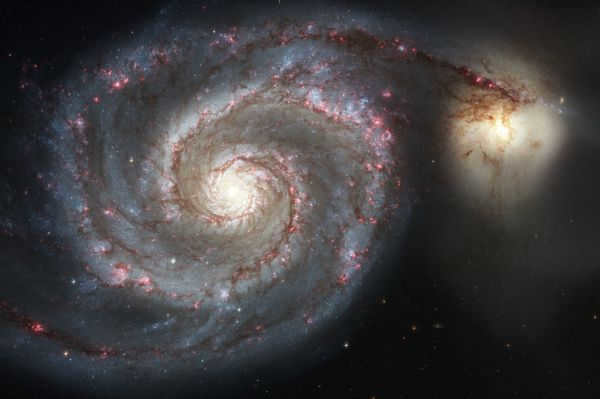
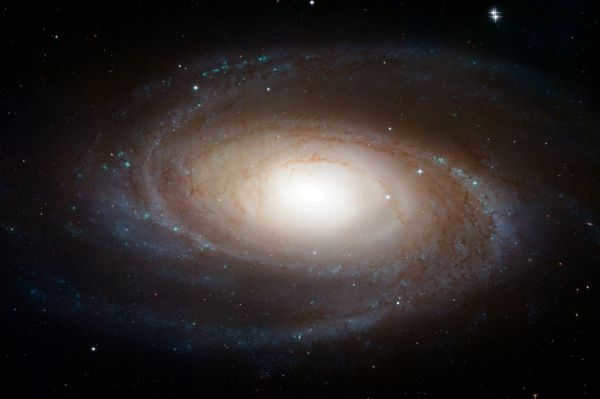
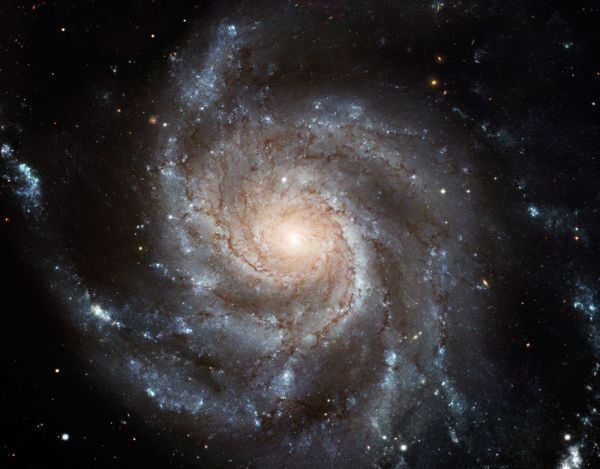
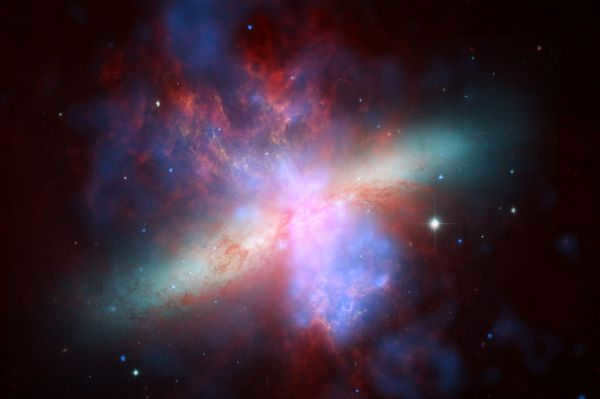
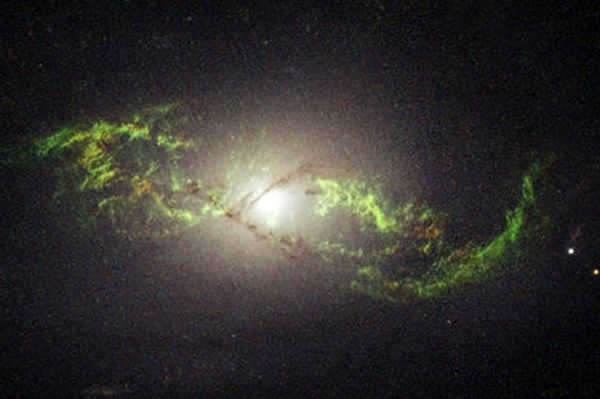
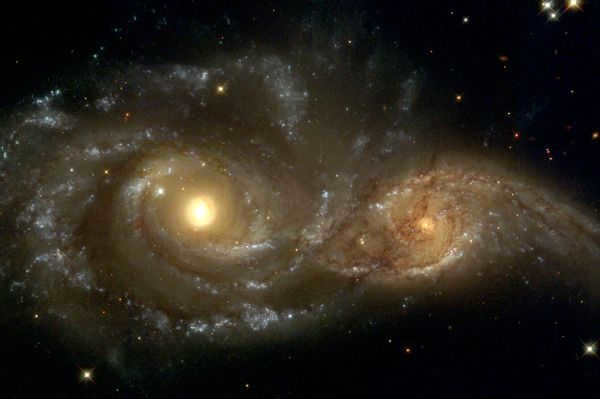
Hitchhiking across the cosmos. The universe’s most stunning star systems















The researchers examined multiple situations. Their findings are brimming with hope. “In the next few decades, one of the primary objectives of astronomy is to detect evidence of life on exoplanets,” the scientists stated. – Based on our calculations, finding just a single planet with potential signs of life would imply that there are tens of thousands of inhabited worlds in the Milky Way with a 95% probability.

AiF.ru reached out to Vladislav Shevchenko, a Russian scientist and the head of the lunar and planetary research department at the Sternberg State Astronomical Institute of Moscow State University, for a comment. He provided a more cautious perspective:
“Despite the continuous advancements in observational tools, including space-based telescopes that have allowed us to discover thousands of planets orbiting distant stars, we have yet to encounter any evidence of other civilizations. Occasionally, astronomers announce the discovery of objects that share similar characteristics with our own Earth. However, when radio astronomy enthusiasts attempt to detect signs of artificial origin in the signals emanating from space, these endeavors have proven unsuccessful.”
Therefore, in that report, Shklovsky put forth a straightforward yet highly logical explanation for the paradox at hand, which is widely known as the Fermi paradox. The lifespan of any civilization is limited. And at any given point in time – which is a fleeting moment in the grand scheme of the Universe – Earth’s civilization is the sole one in existence. There have been advanced civilizations in the past, and there will be countless advanced civilizations in the future. However, within the regions of the universe that we can currently access through our science and technology, we are the exclusive inhabitants.”
The global network of radio and millimeter-wave observatories, known as the Event Horizon Telescope (EHT) and the European Southern Observatory (ESO), have successfully captured the very first image of a supermassive black hole located at the core of the Milky Way galaxy, which is where our planet Earth is situated.
Astronomers Uncover Mysterious Ring within the Milky Way
A team of scientists from Germany’s Max Planck Society’s Institute for Extraterrestrial Physics has made a groundbreaking discovery within our own galaxy. They have detected a previously unknown ring of stars, rich in metal content, nestled deep within the Milky Way. This inner ring, composed of young stars, exists alongside the bar – a structure of elongated stars and gas that spans the galactic disk. The researchers have published their findings in a scientific paper, shedding new light on the complex structure of our galaxy.
Evidence of a novel hypernova explosion in our galaxy has been detected by scientists
Astronomers from various countries have identified a primordial star that could have originated solely from the detonation of a distinct type of hypernova. The outcomes of their investigation were released on Wednesday, July 7, in the prestigious scientific journal Nature.
Russian authorities unveil plans to boost cargo volume on the Northern Sea Route
The Northern Sea Route (NSR) could see a surge in cargo traffic by extending the duration of Arctic navigation, according to the Russian government.
A celestial body from a different galaxy found within the Milky Way
Nature Astronomy reports that a team of international scientists has stumbled upon an extraterrestrial star within the Milky Way galaxy.
The scientists from NASA and the European Space Agency have discovered the mass and size of the Milky Way galaxy, as reported by the Daily Mail.
Researchers have identified a “lifeless” galaxy engulfed by the Milky Way
A team of astronomers has identified a “lifeless” galaxy that was assimilated by the Milky Way approximately 10 billion years ago. This merger had a significant influence on the development of our galaxy.
Scientists have made a remarkable discovery of celestial objects originating from a distant galaxy close to the Milky Way
A team of Dutch scientists hailing from Leiden University have recently stumbled upon a collection of stars located near the Milky Way that are believed to have been formed in a completely different galaxy altogether. The findings of this ground-breaking research have been published in the esteemed Monthly Notices of the Royal Astronomical Society.
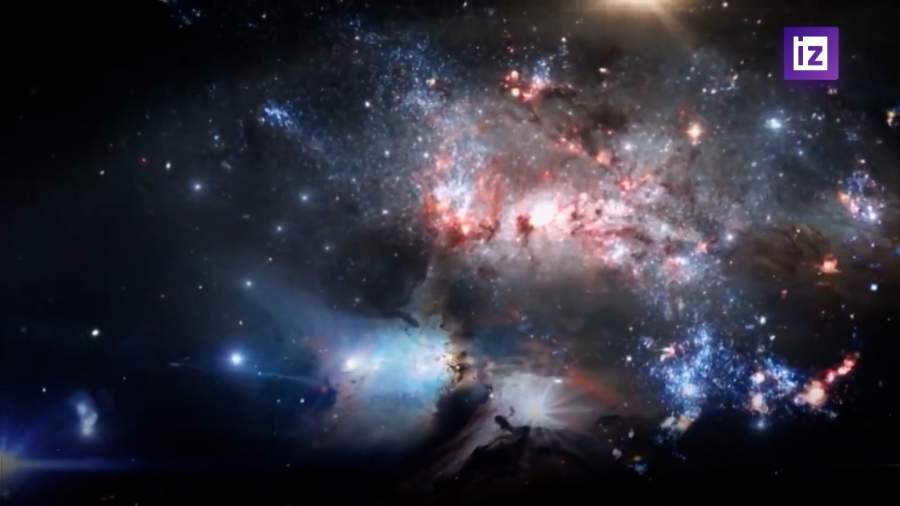

Scientists have uncovered a substantial amount of uncontrolled planets within the Milky Way
Tens of thousands of black holes have been identified at the core of the Milky Way
A supermassive black hole located at the heart of our galaxy is encircled by a series of tens of thousands of regular black holes. The observation of their movements will aid in the verification of Einstein’s theory of relativity, according to researchers at Columbia University.
Astrophysicists predict the estimated time of the Galaxy’s demise
Scientists specializing in astrophysics have made calculations to determine the approximate date of the Galaxy’s death. Based on their projections, the end of the world is expected to occur in approximately 6 billion years, when the Milky Way and Andromeda galaxies will collide and merge. This fascinating discovery has been reported by Space.com.
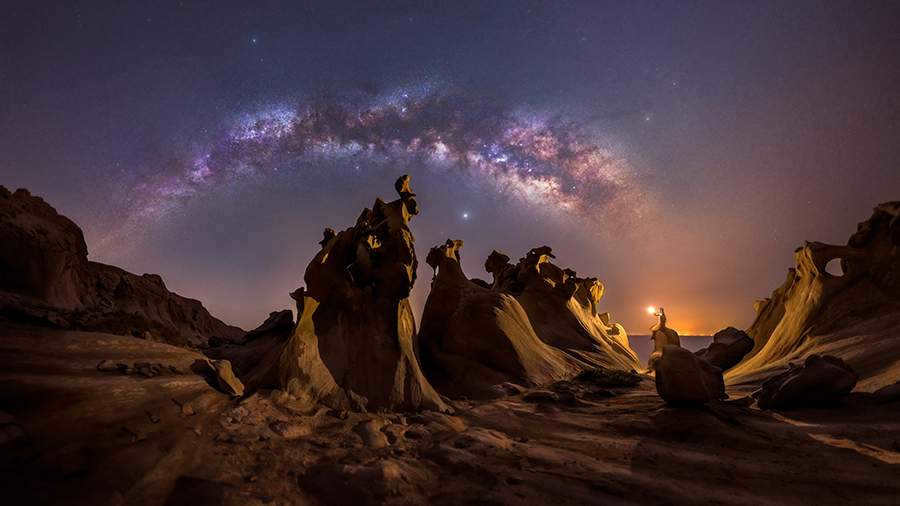
Stellar Brilliance: Captivating Images of the Milky Way
All rights reserved for the content visualization system on the iz.ru portal, as well as the source data comprising texts, photographs, audio and video materials, graphic images, other creative works, and trademarks, are owned by Izvestia. This information is protected under the laws of the Russian Federation and international agreements.
Partial citation is permissible only with a hyperlink to iz.ru.
JSC “AB RUSSIA” is a proud partner of the “Economy” section.
This website is supported by the Ministry of Digital Communications of the Russian Federation.
The advertiser assumes full responsibility for the content of any advertising materials placed on the portal.
The news, analysis, forecasts, and other materials presented on this site do not constitute an offer or recommendation to purchase or sell any assets.
Partner projects and materials are available for publication on a commercial basis.
Registered by the Federal Service for Supervision in the Sphere of Communications, Information Technologies and Mass Media. Registration certificates EL No. FS 77 – 76208 dated July 8, 2019, EL No. FS 77 – 72003 dated December 26, 2019
All rights reserved © Izvestia IIC LLC, 2023
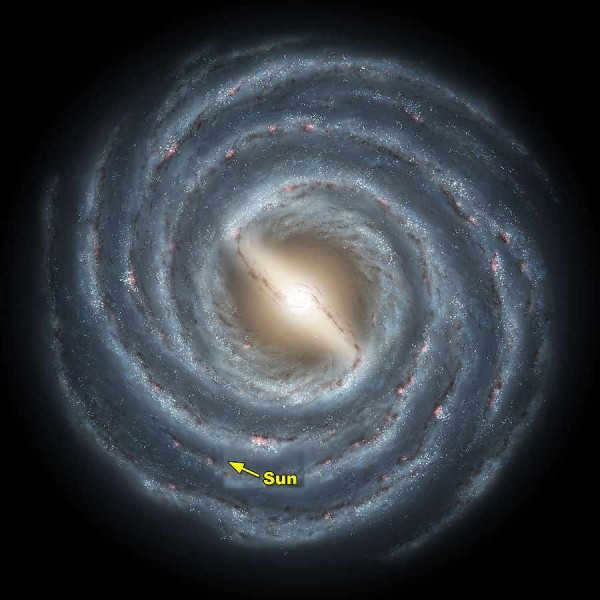
If we were to divide the Universe’s “population” into different social groups, the Milky Way galaxy would be considered part of a strong “middle class”. This means that it falls into the most common category of galaxies, although it is not average in terms of size or mass. In fact, there are more galaxies that are smaller than the Milky Way than there are larger ones. Our “star island” also has a minimum of 14 companion galaxies, which are classified as dwarf galaxies. These companions are destined to orbit the Milky Way until they are either absorbed by it or fly away due to an intergalactic collision. As of now, the Milky Way is the only place where life – including you and me – is known to exist.
However, the Milky Way still holds the title for being the most enigmatic galaxy in the entire Universe. Situated on the outskirts of the “star island,” our view of the galaxy is limited to just a fraction of its billions of stars. Furthermore, the center of the galaxy remains hidden from our sight, concealed by thick bands of stars, gas, and dust. Today, we will delve into the fascinating world of the Milky Way, exploring its known facts and lingering mysteries.
Main Characteristics of the Milky Way Galaxy
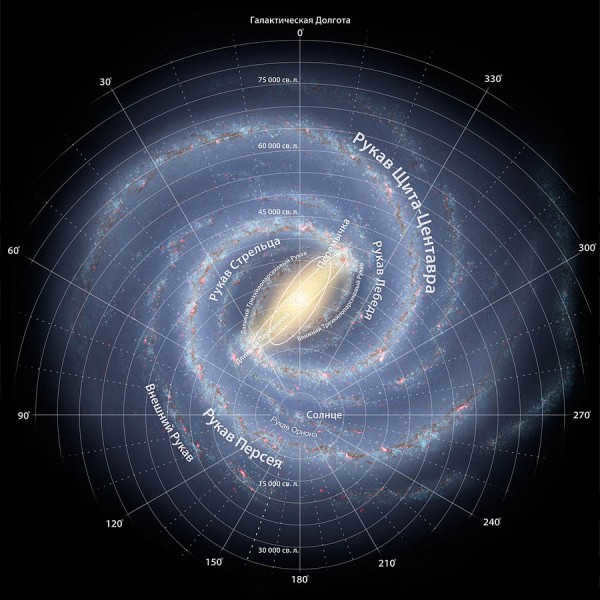
The name of our galaxy, associated with the gods, has an alternative version that is not widely known. In Greek mythology, there were two titans, Cronus and Rhea, who were the parents of all the Olympian gods. However, the process of giving birth was initially slow: the giant Cronus feared that his children would usurp his throne, so he consumed them all. Rhea, as a mother, was devastated to witness the demise of her own offspring. Therefore, she concealed the last child, Zeus, and instead swaddled a stone and presented it to her husband. Kronos, upon feeling the “baby,” proclaimed that the child was too solid and slender, and requested that he be fattened. The droplets of the goddess’s milk, which reflected off the frigid stone and ascended into the sky, transformed into the luminous trail of the Milky Way. Eventually, the saved Zeus would go on to overthrow his tyrannical father.
What is the reason for this terrifying tale? The fact is that the Milky Way galaxy has fully acquired the nature of its mythological progenitor. It is colossal like a titan, and it continues to consume its sibling-offspring as before. At this very moment, a diminutive galaxy called Sagittarius is being drawn into our stellar realm. The same destiny awaits the other satellites visible to the naked eye – the Large and Small Magellanic Clouds. The gravitational interactions with the Milky Way are already dismantling their spiral structures, dispersing the “stellar realms” into indistinct clouds of gas and stars.
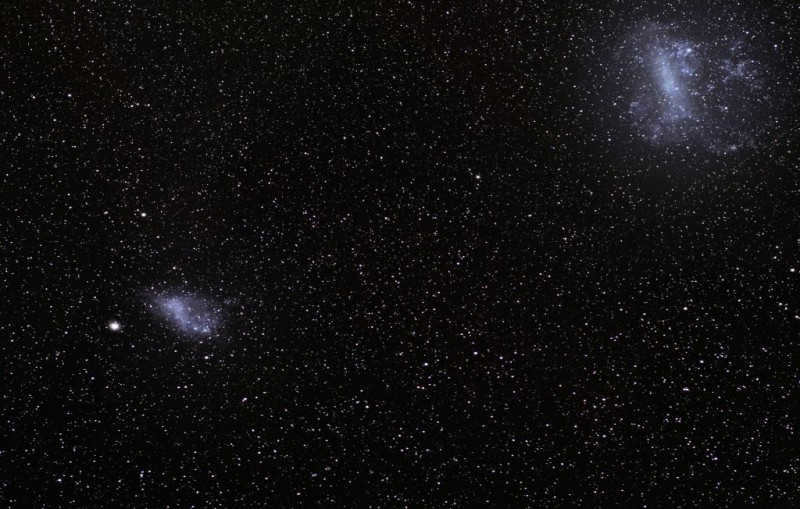
The Large and Small Magellanic Clouds
When a star island gets absorbed, it doesn’t immediately lead to its demise. “Swallowed” galaxies can peacefully pass through the Milky Way, losing some stars in the process, and continue to orbit around it. However, just like in a myth, the giant will face retribution. Within the Local Group of galaxies, the Milky Way is the second largest and most massive, only behind the Andromeda galaxy. In 3-4 billion years, our galaxy will meet its end as it gets engulfed by its larger neighbor.
We have previously discussed the collision and its consequences. In this article, we will explore the Milky Way as a distinctive spiral galaxy that we are fortunate to observe from within.
Distinctive Features of the Milky Way
Physics revolves around specific quantities and accurate factors – these are the elements that enable us to determine the outcome of various events, ranging from a dropped sandwich to vast galaxies that stretch across millions of light years. The Milky Way is no different. Let us explore the exceptional attributes that characterize our celestial abode.
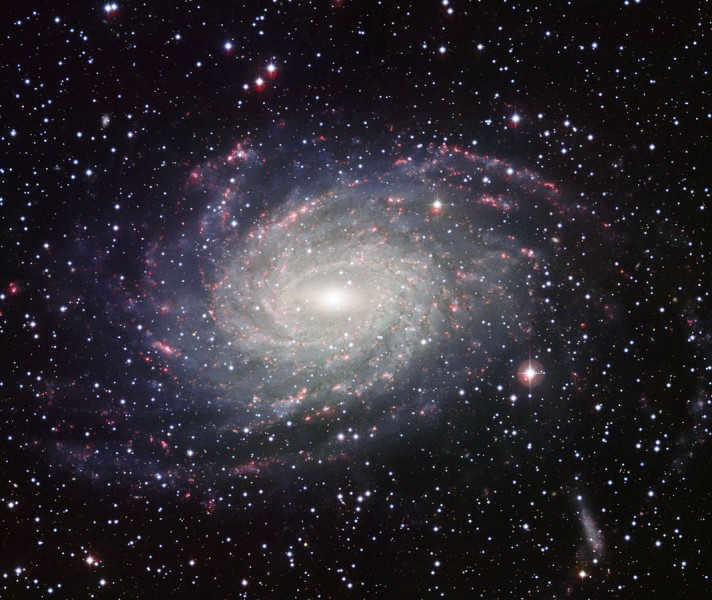
Galaxy NGC 6744 is often compared to the Milky Way due to their similarities.
- The galactic disk of the Milky Way extends in all directions from its center for a distance of 50-90 thousand light years. This distance may not seem significant, but it is not insignificant either. The Magellanic Clouds, which are the largest satellites of our galaxy, have a radius of only 7 thousand light years. However, the Andromeda Galaxy, our closest neighbor, is much larger than the Milky Way. It takes a light beam approximately 110,000 years to travel from the core of the Andromeda Galaxy to its outermost edge.
- The center of the Milky Way is located approximately 27,000 light years away from our Sun. It is believed that our star is situated closer to the outskirts of the galactic disk rather than the center. As a result, the size of the Milky Way is typically measured within a smaller range. Additionally, our celestial body orbits the galactic center at an astonishing velocity of 200 to 250 km/sec. Despite this rapid movement, it takes us a whopping 240 million years to complete a full revolution around the Milky Way. Furthermore, in order to break free from the gravitational pull of the galaxy and embark on an intergalactic expedition, the Sun must double its acceleration to reach a speed of 550 km/sec.
- Nonetheless, the true measure of a galaxy’s size lies in the abundance of stars it contains. Naturally, it is impossible to provide an exact calculation. Nevertheless, the quantity of visible matter affords us the ability to assess its enormity and density. The Milky Way is home to a staggering 100 to 400 billion stars – the actual count varies depending on how one accounts for stars concealed by the galactic center and other celestial appendages.

The Milky Way Galaxy arm as seen from Earth. All the stars visible in the image are part of the galaxy
- However, the mass of the galaxy is much less certain – it varies from 1 to 1.5 trillion times the mass of our Sun. This number does not help in determining the number of stars, as most of the mass is composed of invisible dark matter, but it does allow for a clearer comparison between the Milky Way and its neighboring galaxies.
Class and overall structure
The SBbc is the typical classification of our galaxy, which is a spiral galaxy with a junction. In the Universe, spiral galaxies are estimated to account for 55% of all galaxies. Among spiral galaxies, lintel galaxies are the most prevalent subtype, making up two-thirds of the total. Scientists view spiral-junction galaxies as a relatively young type of galaxy, characterized by “star islands.” As the galaxy’s resources deplete over time, the junction eventually vanishes.
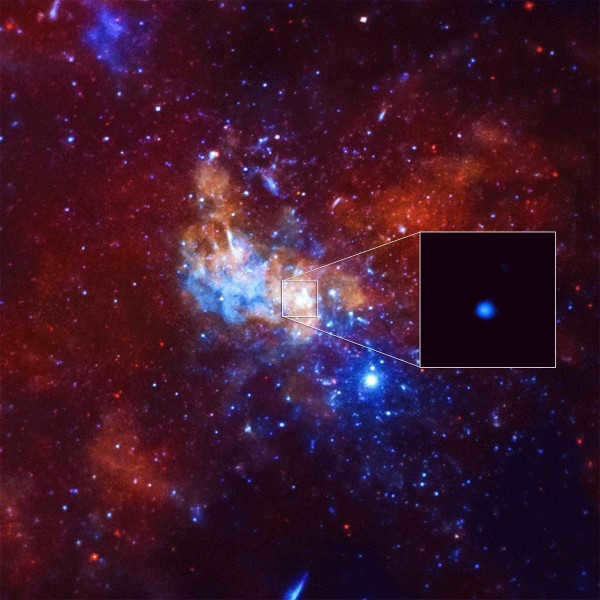
An image depicting the center of the Milky Way
What is the fundamental nature of this jumper in general, and what does it actually resemble? Let’s briefly examine the construction of our Milky Way. The only things astronomers are relatively certain about are its constituent parts, which are unique to galaxies.
- It is already known that the Milky Way contains a core – the central region of the galaxy where its mass is concentrated, and around which all other components of the “star island” are situated. In our Milky Way, the core is composed of a collection of stars and dust clouds that orbit at high velocities around the supermassive black hole Sagittarius A*. The core of our galaxy is considered active, as it emits more energy than the combined total of all its constituent stars.
- Following the balge (derived from the English word “swell, bulge”), there is the galactic bulge – a spherical shell encompassing the central region of the Milky Way. This region consists of massive giant stars, ancient luminaries, and scorching-hot gases, all orbiting the galactic core at astonishing speeds. The bulge is not only the most densely populated part of our galaxy but also the most luminous section across all galaxies. However, it remains largely hidden from our view, concealed by the Milky Way’s spiral arms and its own veil of interstellar clouds.
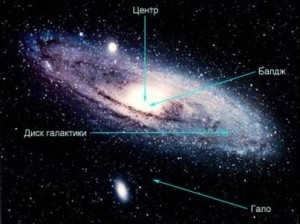
- On either side of the lintel, there are bridges that connect the galactic arms of the Milky Way. This area is often not easily distinguished as a separate component: without the arms in the background, the lintel and bulge appear to merge, with only a small bulge in the center. The connection can be compared to a bustling and turbulent riverbed, where galactic gases and dust flow and constantly collide, resulting in active star formation.
- The Milky Way galaxy has two main spiral arms known as the Shield-Centaurus and Perseus arms. These arms extend from the edges of the lintel and are named after the constellations that align with them in the Earth’s sky. In addition to these main arms, there are also at least five smaller arms that run parallel to them. These smaller arms are part of the galactic disk, which is the thin layer of the galaxy that contains most of its visible matter. While the Milky Way disk is relatively thin, measuring only 2 thousand light-years in thickness, it has a much larger diameter of 180 thousand light-years.
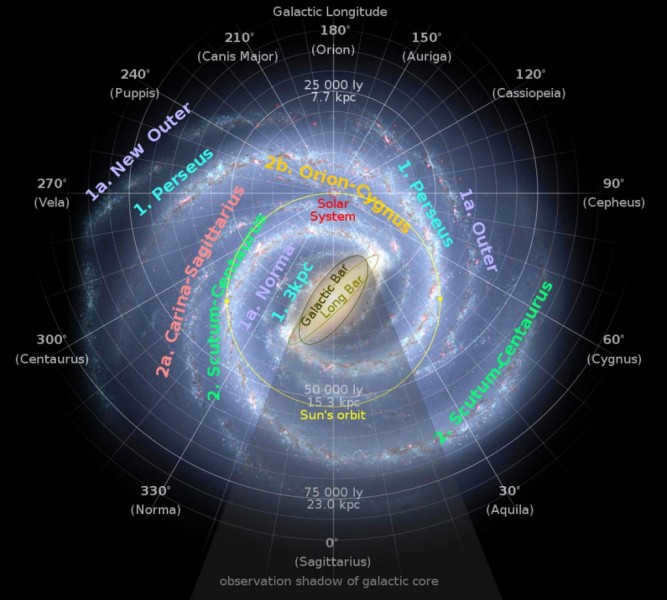
Galactic arms and the unobservable region of the Milky Way
- Nevertheless, the rest of the galaxy is composed of the halo. The extent and boundaries of the halo remain unknown. This halo primarily consists of dark matter, which is challenging to detect. However, there are observable elements within it. In the field of astronomy, these elements are referred to as the spheroidal component of the Milky Way. They encompass visible celestial bodies and gas clouds that do not belong to the star disk, such as globular clusters. These clusters are densely packed with stars: there are 700 to 7000 times more stars per cubic parsec within them!
Globular star clusters have elongated orbits around the Milky Way and do not come into contact with its gas-dust disk, which serves as the “refueling station” for star formation. As a result, these clusters have very little gas and all of their stars are roughly the same age. However, there are some clusters that do not follow this pattern. These clusters are extremely dense, with masses reaching millions of times that of the sun, and are composed of stars from various generations.
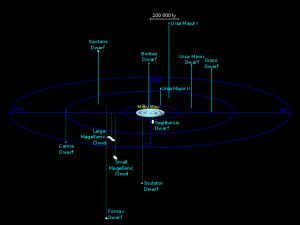
The explanation for the existence of these unique entities is rather straightforward – they represent the remnants of the cores of the galaxies that were assimilated by the Milky Way in previous epochs. Astonishingly, these “skeletons” of former satellites account for approximately a quarter of the total population of globular star clusters in our galactic system.
The past and future of the Milky Way
HD 140283, the oldest star discovered in our galaxy, is 13.7 billion years old, a mere 100 million years younger than the Universe itself. During this time, the galaxy underwent rapid evolution. In the early stages after the Big Bang, the first galactic luminaries were composed solely of helium and hydrogen, as heavy elements like oxygen, carbon, and iron had not yet been formed. Without these stabilizing substances, new stars grew to be very large and existed for millions of years before exploding. By examining the presence of metals in the composition of the Sun and the gas-dust disk, we can confidently conclude that nearly all matter in the Milky Way has, at some point, been inside another star.
The computer model showcased in the video below depicts the collision between two galaxies, offering one of the most advanced representations available.
However, in a span of 4 billion years, these satellites will be engulfed by the Milky Way. Experts suggest that this process has already commenced. Currently, the Large and Small Magellanic Clouds, which are visible to the naked eye, are gradually losing their matter. This matter is accumulating near the south pole of the Milky Way. Scientists speculate that these satellite galaxies once formed a massive ring that disintegrated as our galaxy unraveled.
Now, the Milky Way finds itself in the “green gap” of galaxies and is currently at the midpoint of its life cycle. The gas necessary for the formation of new stars is beginning to deplete, but the existing stars are still relatively young. However, the Milky Way is not destined to become a “red sequence” galaxy. Once it has completed its interaction with its counterparts, it will undergo the anticipated collision. Subsequently, the Milky Way and Andromeda will combine their resources, resulting in a temporary surge in the number of newly formed stars.
The future prospects are too uncertain even for the most imaginative minds. This is because the process of galaxy merger, which will take approximately 5 billion years, exceeds the current age of all known life forms.
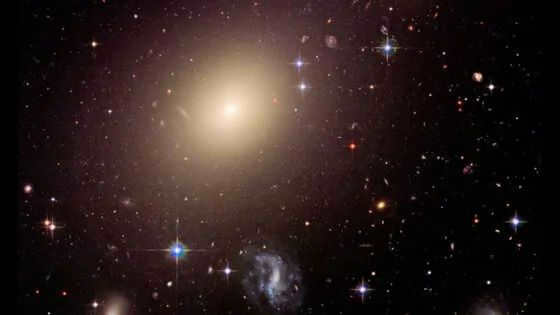
Our Milky Way galaxy is a flat disk that spans approximately 120,000 light years in diameter and has a thickness of around 2,000 light years.
Let’s explore some fascinating details about our vast cosmic abode.
Curvature
The shape of the Milky Way is reminiscent of a disk, but it possesses a central bulge with a diameter of approximately 12,000 light-years and a slightly smaller thickness. Even the disk itself is not perfectly straight; rather, it exhibits significant undulations. Astronomers attribute these undulations to the gravitational influences of two irregular satellite galaxies known as the Small and Great Magellanic Clouds. These neighboring galaxies possess enough gravitational force to rival that of the Milky Way, affecting its hidden matter and hydrogen gas distribution.
The Unseen Halo
Scientists posit that approximately 90% of the galaxy’s mass is composed of undetectable matter, which is primarily concentrated within the spherical halo encircling the galactic disk. The presence of this material in the outskirts is supported by observations of the orbital velocities of stars. Stars located in the outer reaches of the galaxy revolve around its center at a much faster rate than predicted by Kepler’s laws, and the rotation curve remains flat even at significant distances. However, the existence of a sufficient amount of non-luminous gravitational matter in the outskirts could potentially resolve this discrepancy.
In contrast, the rotation curves in the inner region of the Milky Way align well with classical theories. Astronomers interpret this as evidence that the concealed matter is concentrated within the halo, where numerous globular clusters – dense collections of the oldest stars known – are also found.
The Milky Way is categorized as a medium-sized galaxy compared to other galaxies. IC 1101, the largest known galaxy, is home to more than 100 trillion stars, while most other galaxies have around 1 trillion stars. On the other end of the scale, dwarf galaxies like the Large Magellanic Cloud only have about 10 billion stars. According to experts, the Milky Way contains between 100 and 400 billion stars. However, when looking at the night sky with the naked eye, one can only see a few thousand stars at most.
While it might appear peculiar initially, the Milky Way is brimming with dust and gas: around 10-15% of the baryonic matter (which is considered “normal”) is comprised of gas (with 99% of this portion) and dust, while the remaining portion is made up of stars. Consequently, despite the Milky Way’s vast size exceeding 100,000 light-years, visibility is limited to just 6,000 light-years in the visible spectrum due to the presence of “pollution.”
Emergence from distant galaxies
The current structure of our galaxy was not always the same. Over time, it grew in size by assimilating smaller galaxies. This process can be described as galactic cannibalism, as our galaxy consumed its less massive counterparts. This process is ongoing, as our galaxy is currently in the process of assimilating a dwarf galaxy in the Small Dog constellation, which is our closest galactic neighbor. The dwarf galaxy in Sagittarius, which consists of only 4 spherical star clusters (including M54, which can be observed with amateur telescopes), is believed to have collided with the Milky Way in the past, resulting in the transfer of all its material.
Inability to Capture Aerial Photos
Taking pictures of the Milky Way from an aerial perspective is not feasible due to our position inside the galactic disk, approximately 26,000 light-years away from its core. Consequently, our view of the galaxy is limited to a horizontal slice known as the Milky Way belt, which extends across the nocturnal heavens.
The central black hole phenomenon
We are referring to an enormous celestial object, with a mass exceeding 4 million times that of our sun. It is encompassed by a disk of gas, approximately 1 astronomical unit (AU) in radius, where the material spirals inward towards the black hole. This region is commonly known as SgrA*, a radio source located within the Sagittarius constellation.
The age of our Universe is estimated to be 13.80 ± 0.04 billion years, based on current calculations refined primarily by the Planck cosmological satellite (Planck). The Milky Way, on the other hand, is projected to be around 13.60 ± 0.80 billion years old. The oldest stars can be found in globular clusters, which are predominantly located in the galactic halo. These stars provide important clues to estimating the age of our Milky Way galaxy.
Relation to the Virgo super cluster
Galaxies do not travel alone through space, but instead gather together within larger gravitational formations. The Milky Way is a member of the Local Group, which comprises 53 other identified galaxies (with the possibility of more yet to be discovered).
However, the Local Group itself is a component of an even more expansive structure – the Virgo supercluster, which brings together at least 100 similar galaxy clusters. Spanning an area of over 110 million light-years, astronomers estimate that there are approximately 100,000 individual galaxies within this supercluster, possessing a combined mass equivalent to 10^15 Suns.
Continuous movement
Nothing in the cosmos can stay completely still. The Milky Way is no different; it is also in constant motion. However, determining a fixed point of reference for such vast distances is a challenge. Nonetheless, using the frame of reference based on the cosmic microwave background (i.e., the lingering radiation from the Big Bang), the Local Galactic Group is traveling at an approximate velocity of 600 kilometers per second.
Additional Fascinating Information
When contemplating our position in the vast expanse of the cosmos, one may come to the realization that Earth occupies a minuscule space. Our solar system is just one of many systems within the expansive Milky Way galaxy, which itself is just one of billions of galaxies in the Universe.
- The term Milky Way, which has subsequently been used to name other galaxies, originated from the Greek word “galaktikos,” meaning milky.
- In the distant future, the Andromeda Galaxy is destined to collide with the Milky Way. However, this remarkable event is not expected to occur for quite some time. Previously, it was predicted to transpire in approximately 3.70 billion years, but recent estimations have extended this timeframe to 4.5 billion years.
- Earth occupies a pivotal position within the habitable zone of our galaxy. It is ideally situated near the Galactic Habitable Zone (GHZ). Moreover, it is fascinating to note that, according to astrophysical scientists, the GHZ is home to merely 10% of all the stars within our galaxy.
- Up until now, more than 3,000 planetary systems have been detected within our galaxy. Additionally, NASA has provided significant data indicating the discovery of 2,917 planetary systems. Among these systems, there is one that closely resembles our solar system and is situated approximately 2,500 light-years away in the direction of the Dragon constellation.
- The luminosity of the Milky Way can be attributed to the presence of numerous faint and invisible stars that belong to one of the spiral arms within our galaxy.
- Compared to other galaxies, the Milky Way is considered relatively orderly, with a slower rate of star formation. It is estimated that roughly 1-2 stars, similar in mass to our Sun, are formed within it every year.
- Astronomers have successfully constructed a 3-dimensional map of the galaxy, which has revealed that its central region exhibits a peanut-shaped structure, followed by an X-shaped formation.





